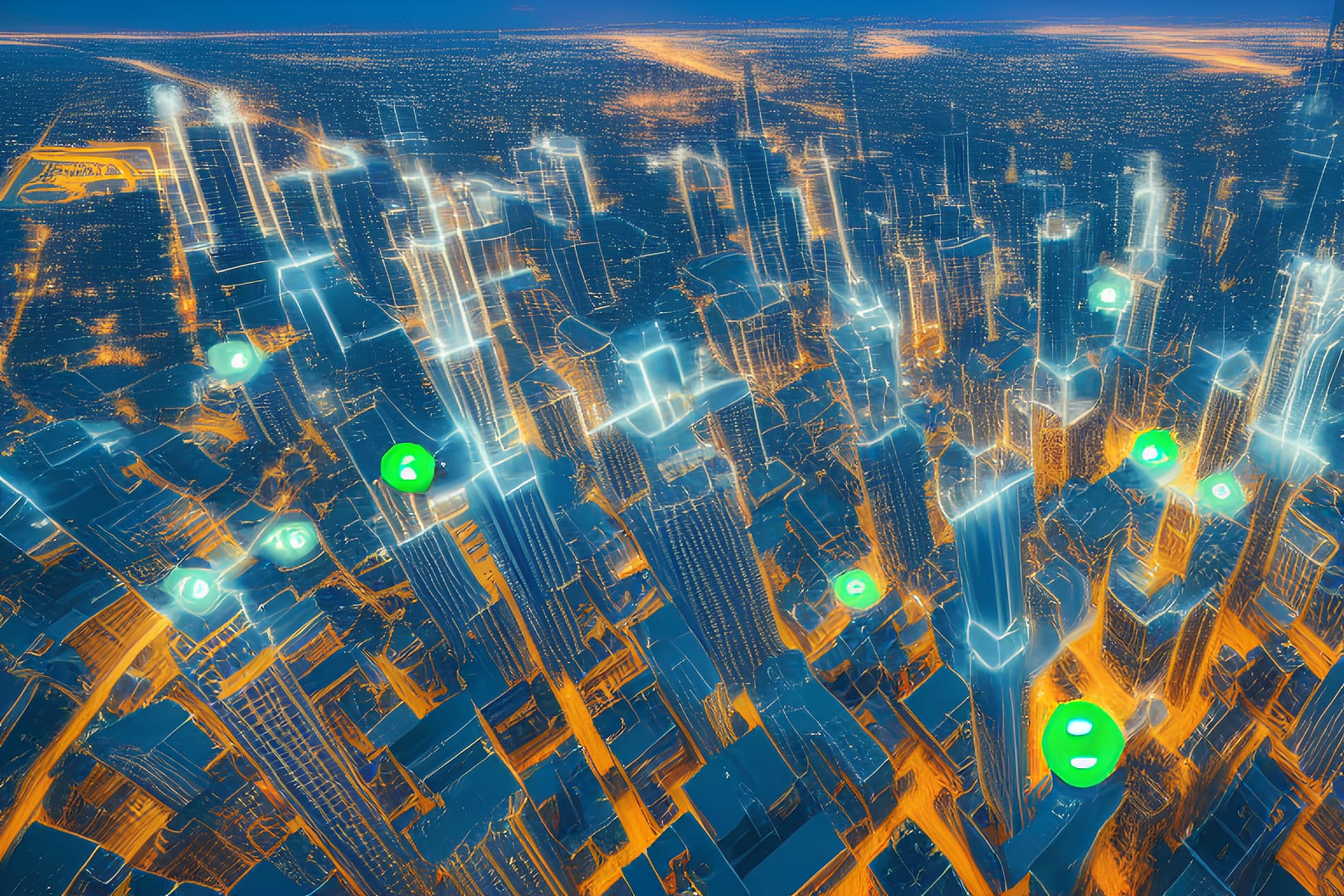The Internet of Things (IoT) refers to the interconnected network of devices, sensors, and systems that can communicate and exchange data with each other. From connected devices in healthcare to smart home technology and wearables, the IoT has the potential to transform a wide range of industries and improve our daily lives. In this blog post, we will explore the different types of connected devices, smart home technology, and wearables that are part of the IoT and their impact on different industries and society.
Table of Contents
Connected Devices
Connected devices are devices that are connected to the internet and can communicate and exchange data with other devices. Some examples of connected devices in different industries include:
- Healthcare: Connected devices in healthcare include telemedicine systems and wearable health monitors. These devices can help to improve patient care and access to healthcare services, as well as gather data on patient health and behavior.
- Manufacturing: Connected devices in manufacturing include industrial IoT systems and predictive maintenance sensors. These devices can help to improve efficiency, reduce downtime, and gather data on production processes.
- Transportation: Connected devices in transportation include connected cars and smart traffic systems. These devices can help to improve safety, reduce congestion, and gather data on traffic patterns.
Smart Home
A smart home is a home that is equipped with smart devices and systems that can be controlled and automated through a central hub or smartphone app. Smart home technology can offer numerous benefits, such as convenience, energy efficiency, and safety. Some examples of smart home devices and systems include:
- Smart thermostats: Smart thermostats can learn and adapt to your heating and cooling preferences and can be controlled remotely through a smartphone app.
- Security systems: Smart security systems can include cameras, sensors, and alarms that can be monitored and controlled through a smartphone app.
- Home appliances: Smart home appliances, such as refrigerators, washing machines, and ovens, can be controlled and monitored through a smartphone app.
Wearables
Wearables are devices that are designed to be worn on the body and can gather data and perform functions such as tracking activity and displaying notifications. Wearables can offer numerous benefits, such as convenience, improved health and fitness tracking, and enhanced productivity. Some examples of wearables include:
- Smartwatches: Smartwatches are wrist-worn devices that can track activity, display notifications, and perform functions such as making phone calls and sending messages.
- Fitness trackers: Fitness trackers are devices that can track activity, monitor sleep, and gather data on health and fitness.
- Augmented reality glasses: Augmented reality glasses are devices that can superimpose digital information onto the real world, creating a blended reality experience.
Conclusion
In conclusion, the Internet of Things (IoT) is a rapidly evolving network of connected devices, smart home technology, and wearables that has the potential to transform industries and improve our daily lives. While the IoT offers numerous benefits, it is important to consider the challenges and risks, such as data privacy, security, and interoperability.



